Archive for October, 2011
-
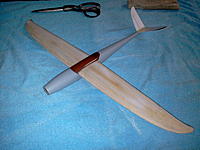 Views: 3528
Views: 3528
The airframe before getting high-quality finish in prep for making molds. -
 Views: 298
Views: 298
Bamboo skewers for mold vents/fill-gates -
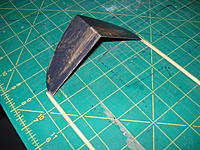 Views: 298
Views: 298
detail bamboo skewers -
 Views: 290
Views: 290
Lightly CA'd the bamboo skewers to the tips -
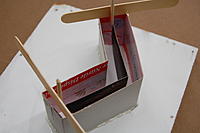 Views: 278
Views: 278
Some smooth cardboard hot-glued to a flat board, popsicle sticks hold it up and level, more hot glue to hold it all together. -
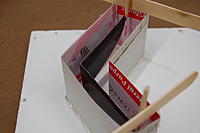 Views: 304
Views: 304
Another angle -
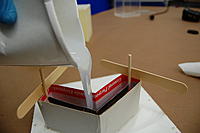 Views: 361
Views: 361
The beauty of silicone is it's non-ability to stick to much of anything but itself. The Crystal Clear is a nice, shiny barrier coat to primers/paints it doesn't like. -
 Views: 329
Views: 329
Silicone filling the mold box.
Comments (4)
Add Comment


